Although there is growing public awareness of the problem of marine litter, the emphasis is often on either the accumulation of waste in distant, exotic locations (such as the Great Pacific Garbage Patch) or on litter left on beaches by visitors, to be cleaned up once a year in the Great British Beach Clean. For the people living in areas such as the Galloway, Argyll and Bute coasts, the Small and Western Isles, the Inner and Outer Hebrides, the Orkneys and Shetland, marine litter is neither a distant problem nor one that can be cleaned up once a year in September.
Working in partnership with the Scottish Islands Federation Marine Litter Working Group (SIF-MLWG), Solway Firth Partnership (SFP) and Museums of the FutureNow, the project will combine citizen science with arts and archaeology to create a means of exploring, documenting and communicating the varied impacts of marine litter in western Scotland.
Building on initial work currently underway in the Solway Firth, where the team are creating a Solway Hoard (modelled on the famous Galloway Hoard), they will work with local beach rangers, beach-cleaning groups and members of communities as co-researchers in up to four sites, selected by the SIF-MLWG. Initial fieldwork will include participatory observation of beach-cleans in early 2023, following the winter storm season. They will work with our co-researchers to select approximately 6 items from each site to use as the basis for an exhibition in a museum in an imagined future. Museums of the FutureNow is an evolving series of speculative artworks and participatory workshops designed to explore the web of ecological, cultural, technological and political factors that combine to create complex challenges for society and environment both now and in the future. The Waste Stories project (led by Wilson) uses participatory fiction to help people think differently about waste. Together, they will use the objects selected by their co-researchers as prompts in co-creation workshops where community-members will generate stories, scenarios and explanatory texts that will accompany each object in the museum. They will combine this with beach litter data, videos and photographs to create physical museum installations in the local sites and a virtual museum that will be open to all.
This project is funded by through an internal University of Glasgow NERC Interdisciplinarity Call with funding of £19,967.





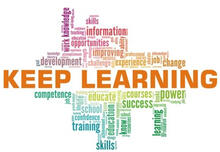
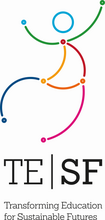

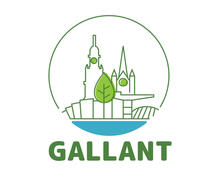
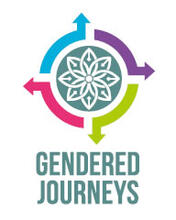
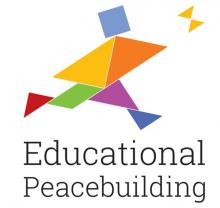
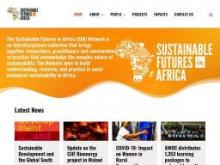

Latest Comments